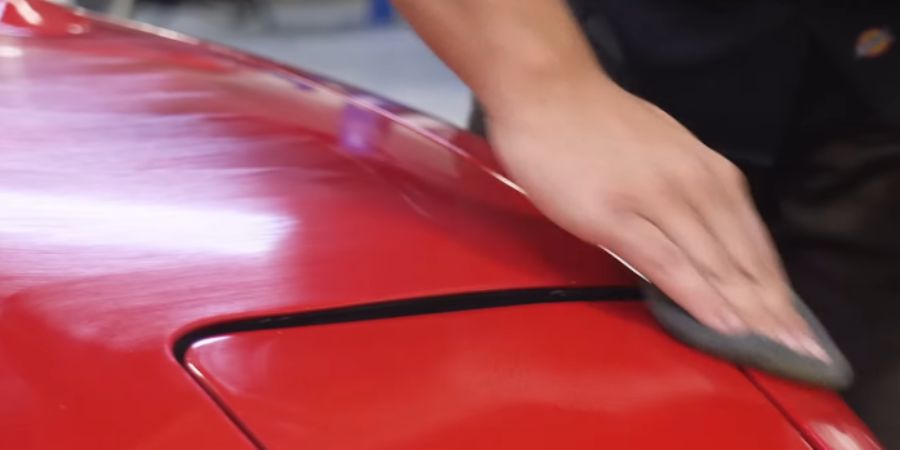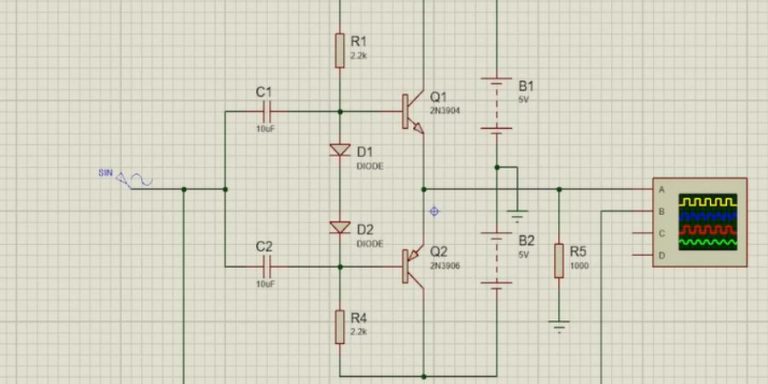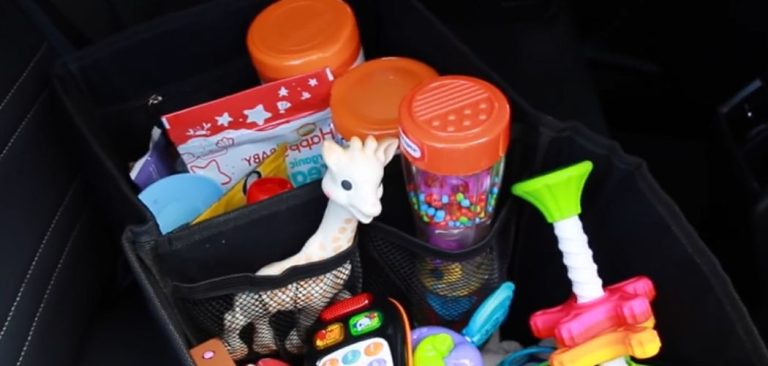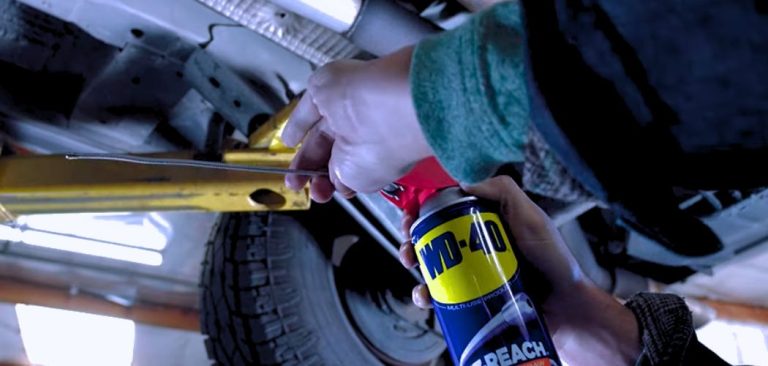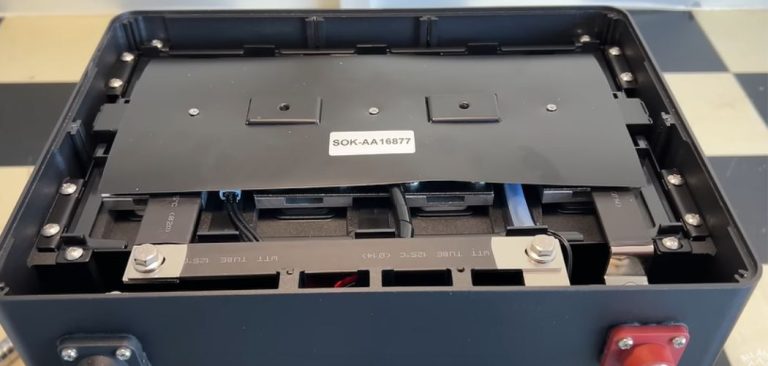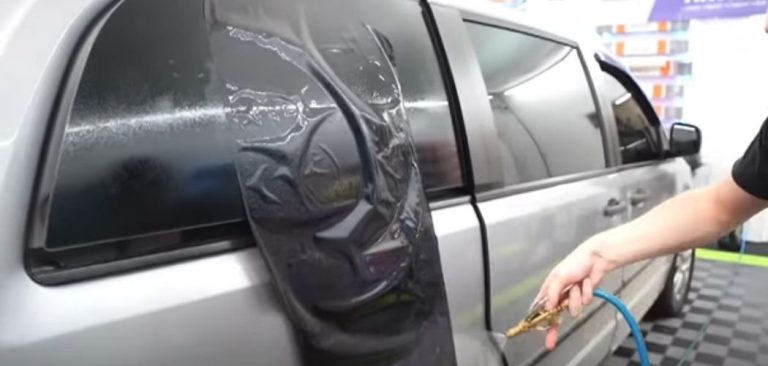Keeping your car’s paint looking fresh can be challenging. The words “compound,” “polish,” and “wax” come up often.
Understanding the difference between compound, polish, and wax is crucial for both car enthusiasts and everyday drivers. Each product serves a unique purpose when it comes to car maintenance, and knowing when to use each can save your car’s paint job. Compounds help remove deep scratches and imperfections.
Polish refines and adds shine to the surface. Wax provides a protective layer against the elements. This guide of mine will explore the differences and benefits of each, which will help you easily maintain your car’s appearance. So, come along with me.
Introduction To Car Care
Car care is essential to keep your vehicle in top shape. It involves regular maintenance and using the right products. This ensures your car looks good and runs smoothly. Let’s dive into the basics of car care.
Importance Of Car Maintenance
Regular car maintenance extends the life of your vehicle. It prevents major issues down the road. A well-maintained car has better performance and fuel efficiency. It also has a higher resale value.
Ignoring maintenance can lead to expensive repairs. Simple tasks like washing and waxing can protect your car’s paint. This also helps in maintaining the car’s overall appearance.
Basic Car Care Products
Several products help in car care. Understanding their use is crucial. Three main products are compound, polish, and wax. Each has a specific role in car maintenance.
Compound helps remove deep scratches and oxidation. It prepares the surface for polish. Polish gives your car a smooth finish. It enhances the shine and depth of the paint.
Wax provides a protective layer. It shields the car from UV rays, dirt, and water. Using these products regularly keeps your car looking new. It also protects it from potential damage.
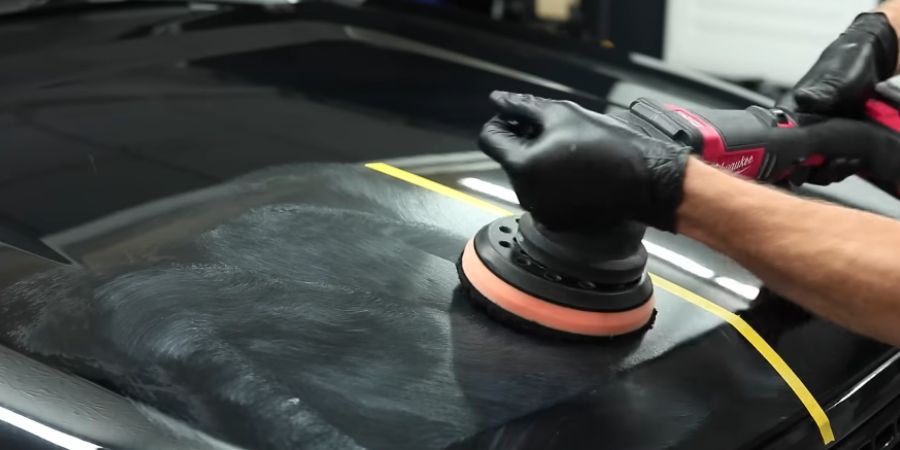
what is Compounds
Compounds are abrasive formulas containing microscopic particles (typically 5–30 μm) that physically level the surface of the clear coat. By removing a thin layer of paint, they eliminate defects like scratches, oxidation, swirl marks, and holograms. Cutting compounds are more aggressive (15–30 μm particles), removing up to 0.5–1 mil of clear coat, while finishing compounds are milder (5–15 μm), removing less than 0.3 mil.
Types of Compounds
1. Cutting Compounds
Use Case: Deep scratches (0.1–0.3 mm), heavy oxidation, RIDS (Random Isolated Deep Scratches).
Tools: Wool or heavy-cut foam pad, dual-action (DA) polisher at 4,000–6,000 RPM with 70–90 psi pressure.
Examples: Meguiar’s M105 (12 μm abrasives), 3M Perfect-It Extra Cut (15 μm).
2. Finishing Compounds
Use Case: Light swirl marks, haze from prior compounding, pre-polishing prep.
Tools: Soft foam pad, DA polisher at 2,000–3,500 RPM with 30–50 psi pressure.
Examples: Sonax Perfect Finish (4–6 μm), Chemical Guys VSS (8 μm, hybrid formula).
Using Compounds in Your Car
Using compounds can transform the look of your car’s surface. Compounds remove severe scratches, oxidation, and deep stains. They are more abrasive than polishes and waxes. This makes them ideal for heavy-duty work.
When To Use Compounds
Compounds are best for cars with visible damage. If you see deep scratches or heavy oxidation, compounds are the answer. They are not for regular maintenance. Use compounds when other methods fail. For example, if polishing doesn’t work, try a compound. Always assess the car’s condition before applying a compound.
How To Apply Compounds
First, wash your car thoroughly. Remove all dirt and debris. This prevents further scratching. Dry the car completely. Next, choose a quality compound. Apply a small amount to a clean applicator pad. Work in small sections. Apply the compound using circular motions. This ensures even coverage.
Use consistent pressure. Do not press too hard. After applying, let the compound dry to a haze. Buff off the residue with a clean microfiber cloth. Repeat if needed. Always finish with a polish or wax. This protects the surface and adds shine.

Polishing Basics
When it comes to keeping your car looking shiny and new, the world of car care can get confusing. You’ve probably heard of compounding, polishing, and waxing, but what do they all mean? Today, we’re diving into the essentials of polishing. If you want your car to turn heads on the street, polishing is a step you can’t skip. So, let’s break it down and get to the shiny details.
What Is Polishing?
Polishing is like giving your car a facial. It helps remove minor scratches, swirls, and oxidation from the paint surface. Think of it as a deep cleaning process that restores the car’s original luster. Polishing uses an abrasive substance that gently removes a very thin layer of the car’s paint. This process smoothens out imperfections and leaves the surface ready for waxing.
Benefits Of Polishing
Polishing isn’t just about making your car look good; it’s also about protecting it. Here are some key benefits:
- Restores Shine: Polishing brings back the car’s original shine, making it look as good as new.
- Removes Imperfections: It helps get rid of minor scratches, water spots, and oxidation, giving your car a smooth finish.
- Prepares for Waxing: Polishing creates a clean, smooth surface, which allows wax to adhere better, providing longer-lasting protection.
- Increases Resale Value: A well-polished car looks more appealing to potential buyers, potentially increasing its resale value.
Remember, polishing should be done carefully to avoid damaging the paint. It’s not an everyday task but something you should do periodically to keep your car looking its best. Think of it as a spa day for your vehicle – a little TLC goes a long way!
Have you ever polished your car? Share your experiences and tips in the comments below. And stay tuned for more car care tips in our next posts!
Polishing Techniques
Compound remove deep scratches and oxidation from car paint. Polish smooths and enhances the paint’s shine. Wax provides a protective layer and glossy finish.
Polishing your car gives it a shiny and smooth finish. It removes minor scratches and swirls. Knowing the right techniques can make your car look new. Let’s dive into the tools and steps for effective polishing.
Polishing Tools
To polish your car, you need the right tools. A dual-action polisher works best. It is safe and easy to use. You will also need polishing pads. Choose pads based on the level of correction needed. Microfiber cloths help to wipe off the polish. Always use a clean cloth to avoid scratches.
Step-by-step Polishing Guide
First, wash and dry your car. Clean the surface well. Next, apply a small amount of polish to the pad. Spread the polish on the car’s surface. Use slow, even strokes. Cover small sections at a time. Work the polish into the paint. Do this until it becomes clear. Check your work. Wipe off any residue with a microfiber cloth. Repeat the process if needed. Be patient for best results. Finally, clean your tools after use. This keeps them in good condition for next time. Remember, practice makes perfect. With time, you will polish like a pro. “`
Waxing Essentials
Waxing your car is an important step in car care. It helps protect the paint and gives your car a shiny finish. Understanding the basics of waxing can help you keep your car looking new.
What Is Waxing?
Waxing is the process of applying a protective layer to your car’s paint. This layer helps shield the paint from dirt, UV rays, and water spots. Wax also enhances the car’s shine, making it look glossy.
Car wax can be made from natural or synthetic materials. It can come in different forms, such as liquid, paste, or spray. Each type offers its own benefits and is suited for different needs.
Types Of Waxes
There are several types of car waxes available. The most common ones are carnauba wax, synthetic wax, and cleaner wax.
Carnauba wax is made from the leaves of the carnauba palm. It is known for its deep shine and protection. Carnauba wax is often considered the best choice for a natural wax.
Synthetic wax is made from chemicals and is designed to last longer. It provides good protection and is easier to apply. Synthetic wax can be a great option for those who want durability.
Cleaner wax combines polishing and waxing in one step. It removes light oxidation and minor scratches while adding a protective layer. Cleaner wax is perfect for those who want to save time.
Wax Application
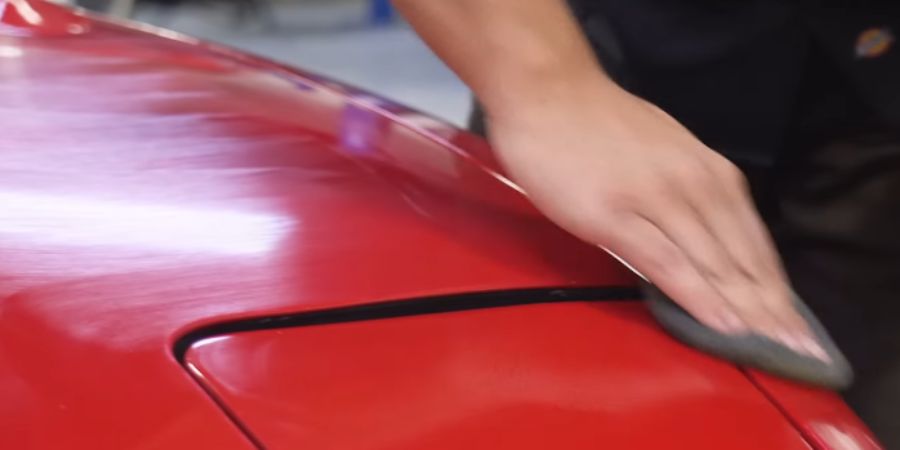
Applying wax to your car is like giving it a much-needed spa day. Not only does it enhance the shine, but it also protects the paint. In this section, we’ll explore when and how to wax your car for the best results.
When To Wax Your Car
Knowing the right time to wax your car can make a world of difference. Generally, it’s a good idea to wax your car every three months. However, there are a few signs that can tell you it’s time for a fresh coat of wax:
- Water Beads: If water no longer beads on the surface, it’s time for a new application.
- Appearance: When the paint starts looking dull or feels rough, it needs waxing.
- Weather: After harsh weather conditions, a fresh wax can help protect the paint.
Remember, regular waxing not only keeps your car looking good but also preserves its value.
How To Apply Wax
Applying wax might seem tricky, but with a few simple steps, you can do it like a pro. Here’s how:
- Wash and Dry: Start with a clean car. Wash and dry it thoroughly to remove any dirt or grime.
- Choose the Right Wax: There are different types of waxes like liquid, paste, and spray. Pick the one that suits you best.
- Apply in Sections: Work on one section at a time. Apply a small amount of wax to a clean cloth or applicator pad.
- Use Circular Motions: Spread the wax in a thin, even layer using small circular motions. It’s like giving your car a gentle massage!
- Let It Haze: Allow the wax to dry and form a haze. This usually takes about 5-10 minutes.
- Buff It Out: Use a clean microfiber cloth to buff the wax off. Again, use circular motions for the best shine.
And there you have it! With these steps, your car will not only look fantastic but also be protected against the elements. Happy waxing!
Compound Vs Polish
When it comes to car care, understanding the difference between compound and polish is crucial. Both play a significant role in maintaining your vehicle’s paintwork, but they serve different purposes. Let’s dive into the world of car detailing and unravel the mystery of compound vs polish.
Key Differences
First off, let’s talk about compounds. Compounds are abrasive substances designed to remove heavy oxidation, deep scratches, and other serious imperfections from your car’s paint. Think of it as a heavy-duty cleaner that gets rid of the tough stuff.
Polishes, on the other hand, are less abrasive. They are used to smooth out the surface and give your car a shiny finish. While compounds cut through the paint layers, polishes refine and enhance the surface.
| Feature | Compound | Polish |
|---|---|---|
| Abrasiveness | High | Low to Moderate |
| Use | Remove deep scratches, oxidation | Smooth surface, enhance shine |
| Application Frequency | Occasionally | More often |
When To Choose Each
Knowing when to use a compound or a polish can save you time and effort, and keep your car looking its best.
- Choose Compound: If your car has visible scratches, oxidation, or other major paint defects, a compound is your go-to. Think of it as the first step to restoring your car’s paint.
- Choose Polish: If your car’s paint is in good condition but lacks that showroom shine, a polish will do the trick. It’s perfect for minor imperfections and enhancing the gloss.
Here’s a quick anecdote: I once thought my car needed a full repaint because of some nasty scratches. A friend suggested I try a compound first. After a bit of elbow grease, those scratches were history. It was like magic!
Remember, while compounds and polishes are amazing, they should be used correctly. Overusing compounds can wear down your paint, and improper polishing can lead to swirl marks. Always follow the product instructions and take your time.
So, are you ready to give your car the care it deserves? Whether you need a compound or a polish, now you know the key differences and when to use each. Happy detailing!
Polish Vs Wax
When it comes to making your car look shiny and new, two popular products come to mind: polish and wax. Both have unique benefits, but they serve different purposes. In this post, we will break down the differences, benefits, and best uses for each. Let’s dive into the world of polish and wax!
Comparing Benefits
Polish and wax might seem similar, but they offer different benefits. Here’s a quick comparison:
| Polish | Wax |
|---|---|
| Removes scratches and imperfections | Provides a protective layer |
| Enhances the paint's gloss | Adds a deep shine |
| Prepares the surface for waxing | Protects against UV rays and contaminants |
As you can see, polish and wax each play a vital role in car maintenance. Polish helps in correcting the paint, while wax protects and maintains the shine.
Best Use Cases
Wondering when to use polish and when to use wax? Here are some scenarios:
- Polish: If your car’s paint has minor scratches, swirl marks, or oxidation, use polish. It will smooth out the surface and prepare it for waxing.
- Wax: After polishing, or if your car’s paint is already in good condition, use wax. It will add a layer of protection and enhance the shine.
Think of it this way: polish is like a facial scrub, and wax is like a moisturizer. Polish cleans up and corrects, while wax protects and shines.
Here’s a simple routine:
- Wash your car thoroughly.
- Apply polish to fix any paint imperfections.
- Finish with a layer of wax to protect the paint and add shine.
By following this routine, your car will not only look amazing but also be protected from the elements.
Compound Vs Wax
When it comes to car detailing, the terms compound and wax often come up. But do you know the difference? It’s like choosing between a strong coffee and a soothing tea; each has its purpose. Let’s dive into the world of car care and discover which one suits your vehicle’s needs.
Effectiveness Comparison
First things first, how effective are compounds and waxes? Compounds are like the superheroes of car care. They remove scratches, swirl marks, and oxidation. Think of them as a magic eraser for your car’s surface. On the other hand, waxes are more like a protective shield. They add a glossy finish and protect the paint from elements like sun, rain, and dirt.
| Criteria | Compound | Wax |
|---|---|---|
| Scratch Removal | High | Low |
| Shine | Moderate | High |
| Protection | Low | High |
Surface Protection
Now, let’s talk about surface protection. Imagine your car is like your skin. You wouldn’t go out in the sun without sunscreen, right? That’s what wax does for your car. It protects the paint from UV rays, water, and other contaminants. Compounds, however, are more like an exfoliating scrub. They remove imperfections but don’t offer much protection afterwards.
- Compound: Best for fixing paint issues
- Wax: Best for protecting and shining
In a nutshell, if your car’s paint looks dull and has some minor scratches, a compound will be your best friend. If you want to keep your car looking shiny and protect it from the elements, wax is the way to go. It’s like choosing the right tool for the job. So, what’s your car’s story? Does it need a bit of fixing up or just a good shine?
Combining Products
When it comes to making your car shine like a star, using compound, polish, and wax together can work wonders. Each product has its own role, and when you combine them, your car’s paint job can look flawless. But how do you use them together? Let’s dive in and explore the best way to combine these products for a showroom finish.
Using All Three
First things first, let’s understand why you would want to use all three products. Think of it like a three-step skincare routine for your car:
- Compound: This is like an exfoliator. It removes scratches and oxidation.
- Polish: This step is like a toner. It smoothens the surface and adds shine.
- Wax: Finally, the moisturizer. It protects the paint and gives a glossy finish.
Using all three ensures that your car’s paint is not only clean but also protected and shiny. It’s like giving your car a spa day!
Order Of Application
Now that you know why each product is important, let’s talk about the order. The sequence in which you apply these products matters a lot. Here’s a simple guide:
- Step 1: Start with the compound. Apply it to remove any imperfections. This step is crucial for a smooth base.
- Step 2: Next, use the polish. This will bring out the shine and smooth out the surface after the compound.
- Step 3: Finally, apply the wax. This will protect the paint and give your car a brilliant finish.
Trust me, I’ve done this on my own car, and the results are amazing. It’s a bit of work, but the payoff is worth it. Your car will look brand new, and you’ll feel proud every time you see it shine!
Common Mistakes I Think Avoid It
When detailing your car, many face common mistakes with compounds, polishes, and waxes. These mistakes can lead to poor results or even damage. Understanding these pitfalls helps maintain your car’s shine and protection.
Avoiding Overuse
Using too much compound can harm your car’s paint. Compounds are abrasive, so only use them when necessary. Polishes also require moderation. Over-polishing can thin the paint, making it vulnerable. Waxing too often can lead to a buildup. This buildup attracts dirt and grime. Always follow product instructions.
Preventing Surface Damage
Incorrect techniques can damage your car’s surface. Always use clean, soft cloths. Dirty or rough cloths cause scratches. Apply compounds and polishes gently. Excessive force can create swirl marks. Ensure the car’s surface is clean before you start. Dirt and debris can scratch the paint. Keep the work area well-lit. Proper lighting helps you see imperfections clearly.

Should I Use Compound or Polish?
Use Compound: For deep scratches, heavy swirls, oxidation, or etched stains. It’s more abrasive and removes defects by cutting into the paint.
Use Polish: For light scratches, fine swirls, and enhancing gloss. It smooths and refines the paint.
Tip: Start with the least aggressive product. Often, compound first, then polish.
Is Polishing Compound the Same as Wax?
No.
Compound/Polish: Abrasive, used to correct paint defects.
Wax/Sealant: Non-abrasive, used to protect paint and add shine.
Do I Need to Wax After Compounding or Polishing?
Yes.
Compounding/polishing removes protection. Waxing adds a protective layer, enhances gloss, and helps results last longer.
Which Is Better – Polishing or Waxing?
They serve different purposes.
Polish: Corrects paint flaws.
Wax: Protects and enhances gloss.
Best Process: Wash → Compound (if needed) → Polish → Wax.

